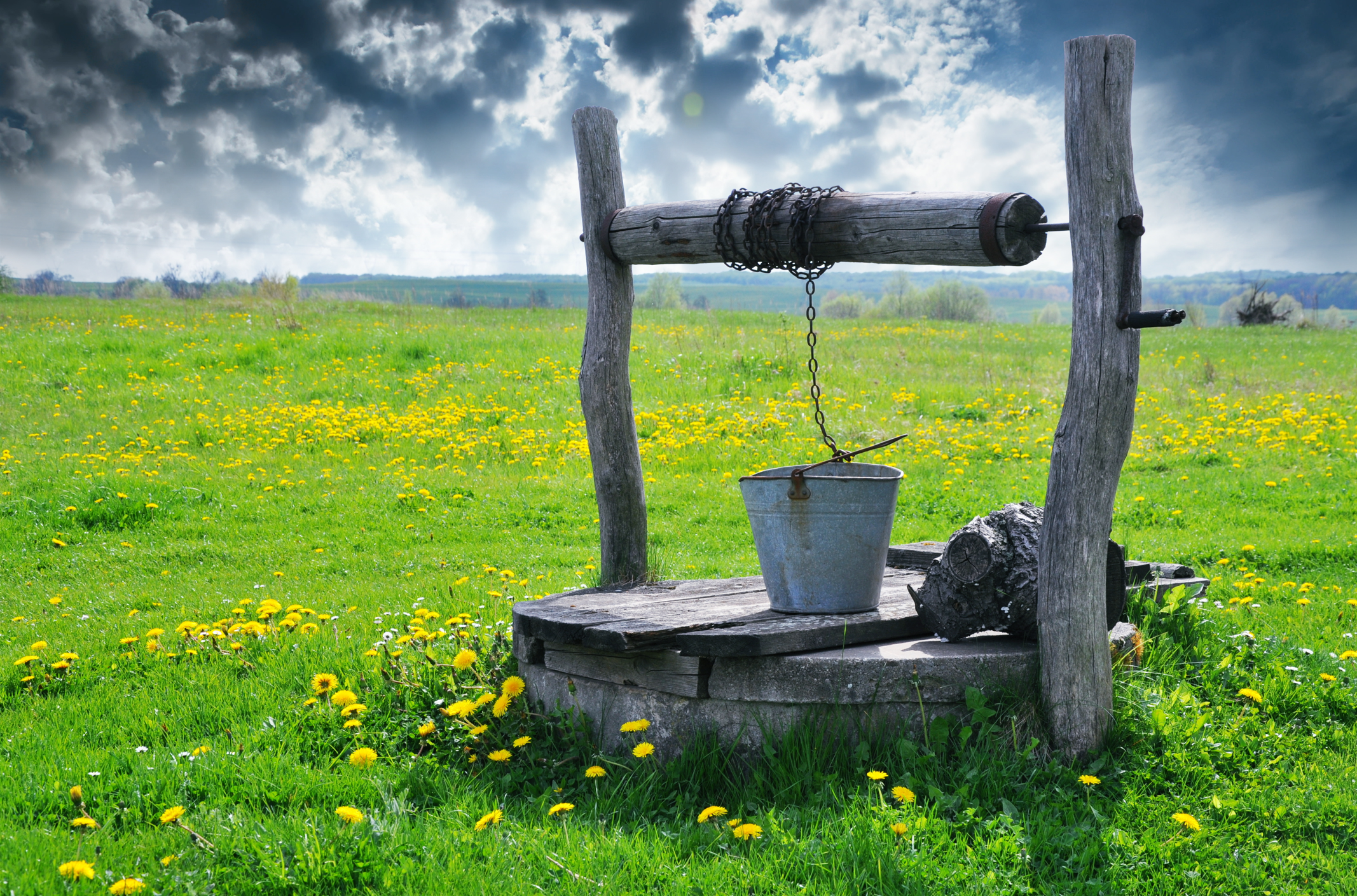
Water Witching vs Computational Methods
-
Water Witching
Water witching, also known as dowsing or divining, is a practice believed by some to locate underground sources of water, minerals, or other hidden substances using various tools or methods. Traditionally, a forked stick or rods made of metal, wood, or other materials are held by the dowser as they walk over the land. When the tool allegedly detects the presence of the sought-after substance, it supposedly moves or reacts in some way, indicating the location. Despite its long history and continued use by some individuals, water witching is highly controversial and lacks scientific support. Skeptics argue that any perceived success is likely due to chance, subconscious cues from the environment, or the ideomotor effect (unconscious muscle movements). However, proponents of water witching often claim that it's a skill passed down through generations and that experienced dowsers can reliably locate water sources.
-
Modern Computational Methods
Satellite imaging as well as water well data base information technology has vastly improved over the past few decades. These technological improvements have allowed for ground water aquifers to be accurately tracked and predicted. With only an address or GPS coordinates of the property to have a well drilled, accurate predictions of water bearing aquifers can be computed. This accuracy is achieved through analyzing thousands of well reports on hundreds of historical water well databases. This data is analyzed using computational software which predicts the locations of water bearing aquifers. GPS satellite imaging is also used to help predict aquifers hundreds of feet underground based on the geological topography of the surface of the ground.
Drilled Water Well Types
-
Shale Wells
Shale wells are the most common form of water wells. Shale wells are generally drilled and can vary in depth based on your area. They usually are cased with PVC or steel casing and usually have a casing diameter of around 6" and a Liner diameter of 4.5". Shale wells utilize a surface casing to block off the overburden sand, gravel clay and rocks. Once this overburden is cased off the well is drilled deeper down into the bedrock in search for water bearing aquifers. The bedrock generally consists of shales, coal, sandstone and possibly harder rock layers. Generally the water aquifers will be found in fractured shale layers, course sandstone and coal layers. Shale wells are generally the cheapest to install as they do not require any stainless steel screens. Make sure your driller installs a liner in your well to protect your submersible pump from sucking up loose chunks of bedrock.
-
Screened Wells
Screened wells are used to extract water from aquifers located above the bedrock and within the overburden. These water bearing overburden aquifers consist of loose sand and gravel. Screened wells are generally mud drilled to a depth just above the start if the bedrock. Screened wells consist of plastic or steel casing about 6" in diameter with a stainless steel screen threaded on the end to allow the ground water to flow into the well. Screened wells are also the choice wells used for de-watering purposes. Screened wells generally produce harder water than shale wells. This means that screened wells are more likely to have a high iron content. screened wells will always be shallower than shale wells as they don't penetrate the bedrock. This can mean they can be a cheaper option as the driller doesn't need to drill as deep. However keep in mind that you may incur further costs in a stainless steel screen and may need a water softener installed in your house to treat the high iron content of the ground water.
Bored Water Wells
Bored water wells are a special form of screened well. Bored wells are bored using a special drilling rig that uses a rotating bucket that fills up with dirt and dumps on the surface. water is sometimes used to keep the hole open but bored wells are often bored without a water truck. Bored wells are usually 24 or 36" in diameter and store much more water than a standard drilled well due to their much larger volume. bored wells are excellent for areas with low GPM ground water. The large storage of bored wells allows for fast pumping for short periods of time for showers and dishwashers etc then long recharge times to fill the well back up.
Tips To Preserve Your Yard When Having A Well Drilled
-
Rig Mats
Drilling rigs and water trucks are heavy, if you are in an area where your ground is soft, bad ruts may occur. Have your Driller use rig mats or pieces of plywood to prevent deep ruts in your yard.
-
Mud Tubs
Drilling a well leaves a large pile of cuttings on the surface and a large volume of water. If your yard doesn't have good drainage or a good place to put cuttings have your driller use big mud tubs to shovel cuttings into and pump mud into. These tubs get sucked out by a vac truck after the well is completed.
-
Directional Drilling
If you are in a cold climate and need to bury your water line below the frost line you will need a deep trench from your well to your house. If your trench needs to be very long and go through driveways or gardens this can be a disaster. Ask your driller about using a directional drilling service to install your water line without digging up your yard.
